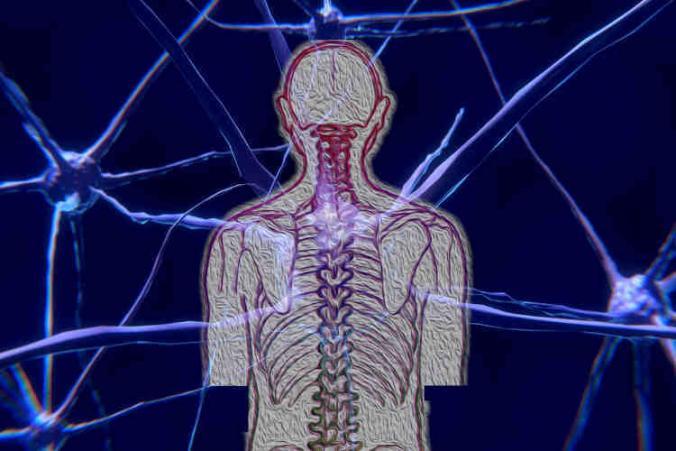After you get hurt on the job or suffer a work injury, you file a workers’ compensation claim. From that point on, the Department of Labor and Industry (L&I) decides what is going to happen with your claim. If you work for a self-insured employer, then a third-party administrator (TPA) also makes some decisions. With each decision, L&I issues a formal letter and sends you the decision notice. Regardless, to get treatment, you must show causation to L&I. In other words, you have to show that the work injury impacted your medical condition.
L&I causation and decisions in workers’ compensation claims
Surprisingly, there is lack of consistency in workers’ compensation and L&I decisions. For example, I regularly see inconsistencies in workers’ compensation claims involving the upper extremities. In many cases, these L&I claims are carpal tunnel syndrome, cubital tunnel syndrome, lateral epicondylitis, or radial tunnel syndrome. It is also common to see wrist sprains and strains, trigger finger, and cervical degenerative disc disease. Other conditions that fall under this category include thoracic outlet syndrome and cervicobrachial syndrome. In my opinion, that’s because a variety of occupational and non-occupational factors can cause these conditions.
Work injury claimants with the same medical condition
As an L&I attorney and workers compensation attorney, I sometime represent multiple people with a similar work injury claim. Moreover, they all have identical occupations and they develop the same medical condition. However, they receive very different decisions from L&I regarding their L&I claim. I’ve seen this in people that work as park aides, sheet metal workers, retail cashiers or checkers, and office clerks. Furthermore, this also happens with drywall workers, painters, and stone masons. Other professions include nurses or certified nursing assistants, as well as medical records clerks.
I find it particularly irritating when L&I rejects a claim because there’s no connection between the job of injury and the medical condition or diagnosis. It really rubs me the wrong way. That’s because I can think of multiple examples from within my caseload where one can easily reach an opposite conclusion. But, we need to remember that we’re within the workers’ compensation claim settings. Arguments such as “other workers in the same profession have allowed claims for the same condition” are not relevant. That’s because the law requires L&I to evaluate each workers’ compensation claim separately. Every claim is based on the facts and circumstances particular to the individual injured worker.
L&I claim for Carpal Tunnel Syndrome
I accept the importance of considering each work injury claim based on the individuality of the injured worker. However, I go from being irritated to indignant when the reasons given for an L&I claim rejection are outright false. For example, claim administrators may reject an L&I claim for carpal tunnel syndrome because the work activity does not cause or contribute to the development of the condition. Many times, they state this argument as if it’s a black-and-white fact. It’s not!
The AMA medical guide in workers’ compensation claims
One publication frequently cited in workers’ compensation is called “The AMA Guides to the Evaluation of Disease and Injury Causation”. This publication compiles medical research and literature to provide insight into the risk factors for developing various conditions. Many Independent Medical Examination (IME) reports reference this guide. Especially in the context of L&I causation.
Take an L&I claim for carpal tunnel syndrome as an example. According to the AMA guide, there is very strong evidence that a combination of force and repetition, or force and posture, contribute to the development of carpal tunnel syndrome. In fact, several studies referenced in the guide show that blue collar work is a significant risk factor for carpal tunnel syndrome. Moreover, they report that there is an increased risk of developing carpal tunnel syndrome with frequent wrist flexion and extension in combination with the use of vibratory tools. On top, they mention that carpal tunnel syndrome relates with jobs involving using a forceful power grip for long periods.
Other risk factors include highly repetitive work combined with other factors or with forceful work. Obviously, there are also non-occupational factors that impact the condition. For example- age, gender, genetics, diabetes, and body mass index.
L&I causation: The legal definition of proximate cause
When we speak about cause in workers’ compensation, you have to remember that we’re talking about proximate cause. Proximate cause has a very specific legal definition:
The term proximate cause means a cause which in a direct sequence produces the condition complained of and without which such condition would not have happened.
In my experience, IME doctors often follow this definition when they need to express their opinion regarding causation. Often, IME doctors reference other factors (especially age, gender and genetics) to support their conclusion that the condition would have happened independent of work activity. The problem is, there is more to the definition of proximate cause. Specifically:
There may be one or more proximate causes of a condition. For a worker to be entitled to benefits under the industrial Insurance Act, the work conditions must be a proximate cause of the alleged condition for which entitlement to benefits is sought. The law does not require that the work conditions be the sole proximate cause of such condition.
Simply put, if a person is an overweight female with a family history of carpal tunnel syndrome, she has several risk factors for developing carpal tunnel syndrome. When she is diagnosed with the condition, those risk factors cannot be ignored. However, if she also works in a job where she spends much of her workday forcefully grasping and operating a tool like a sander, then I would argue that you cannot exclude work activity as a proximate cause of her carpal tunnel syndrome.
Summary and some personal notes on L&I causation
I find it unacceptable that L&I ignores work activities that significantly increase the risk of developing conditions like carpal tunnel syndrome, in the presence of other risk factors. Even worse, this kind of exclusion happens inconsistently across the board. The legislator enacted the Industrial Insurance Act to provide protections for ALL workers. That means all workers deserve the exact same level of consideration. Regarding the facts, supporting medical literature and studies, and application of the law.
If an L&I claim manager rejects a workers’ comp claim because he or she only applied part of the definition of proximate cause, and they completely exclude work activity from the definition or consideration, then the rejection is unfair. When the worker is then saddled with the financial burden of proving that the rejections is incorrect based on the law and facts, the very intent and purpose of the Industrial Insurance Act has failed. And, when the purpose and intent of the Industrial Insurance Act fails, it hurts injured workers, their families, their employers, and society in general. The health of our workforce is critical to the health of our society.


